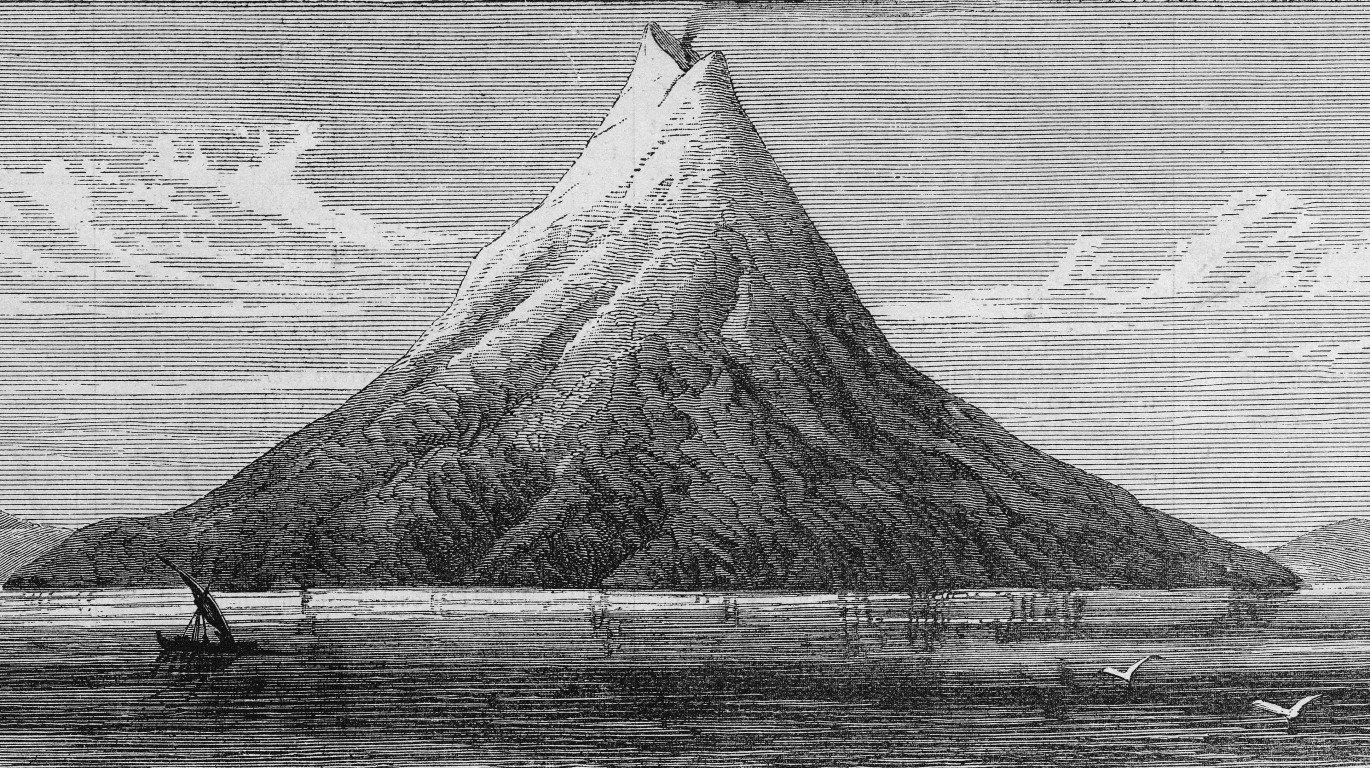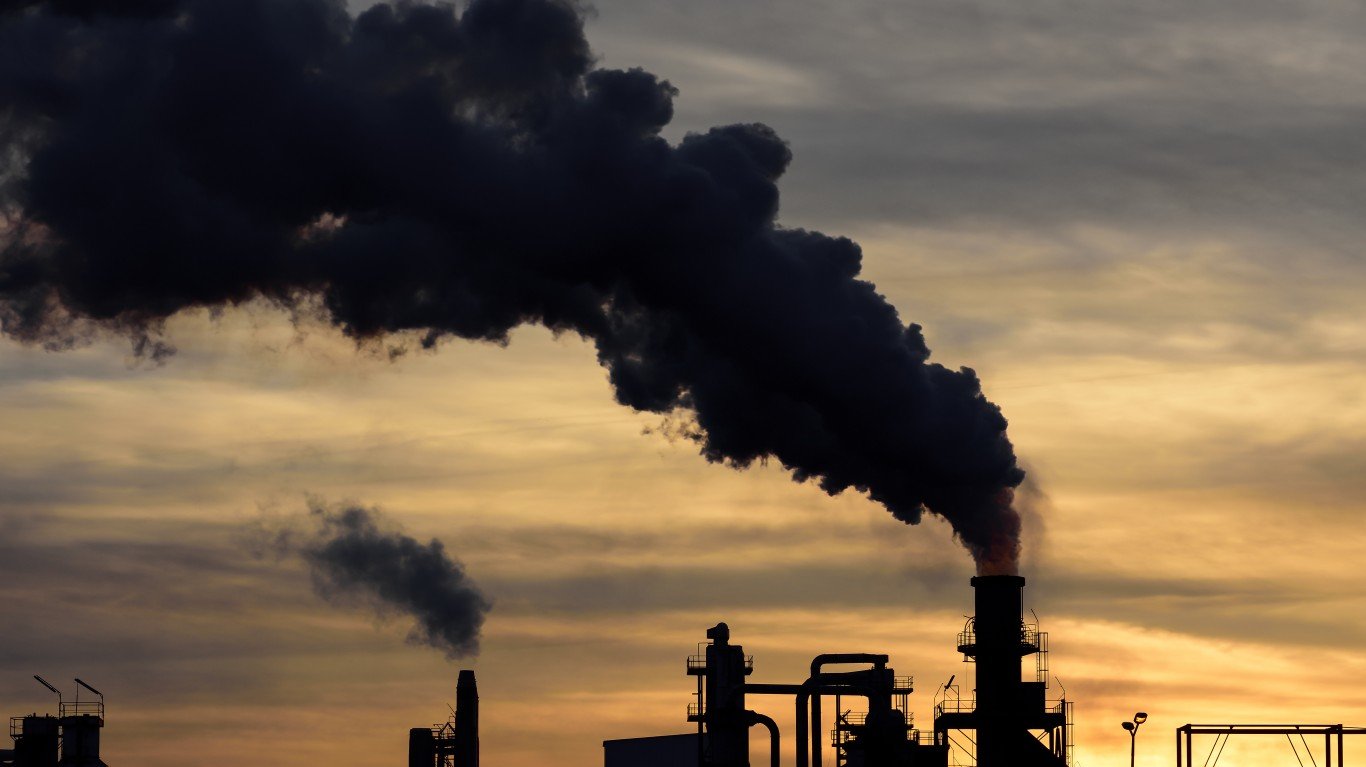
16. Krakatoa eruption
> Era: 1883 A.D.
While not as substantial as some of the other volcanic events to make this list, the famous explosion of the Indonesian island of Krakatoa on Aug. 26, 1883, was still a devastating global event, killing over 36,000 people and sending material 50 miles into the air with a blast 10,000 times that of the Hiroshima atomic bomb. Most of the deaths were caused by the massive tsunamis that resulted from the eruption, including one that was 120 feet high. The six cubic miles of debris sent into the atmosphere had widespread effects on global weather patterns.

17. Spike in CO2 from human activity
> Era: 1900 to present
Nature no longer seems immune to the influence of human beings. In 1988, the scientific community revealed to the general public the problem of global warming from human-caused CO2 emissions that the oil company Exxon had detected as early as 1977. The warming caused by these emissions — from the burning of fossil fuels, cement production, deforestation practices, and so on — have contributed to about 37 billion metric tons of carbon dioxide emissions in 2018. This was the record to date for annual emissions, which will continue to increase as long as we continue on our current course.
Current global concentrations of three major greenhouse gases — CO2, CH4, and N2O — are well more than double pre-industrial levels (pre-1750). Since then, trillions of tons of CO2 have been added to the atmosphere by human activities, resulting in warming of slightly less than 1°C. The warming has caused large and relatively dramatic changes to the Earth, including sea level rise and extreme weather events. Scientists pointed out in a recent report in the journal Nature Climate Change that human-caused effects on the planet will “extend longer than the entire history of human civilization thus far.”





